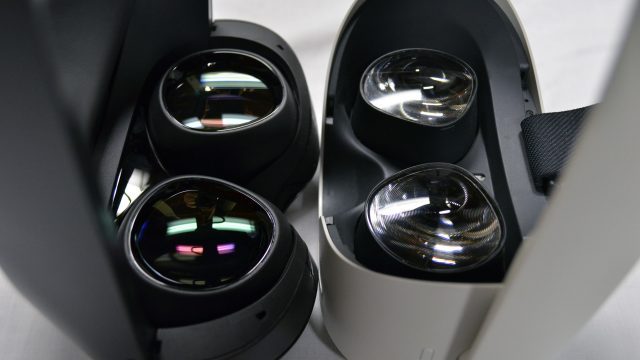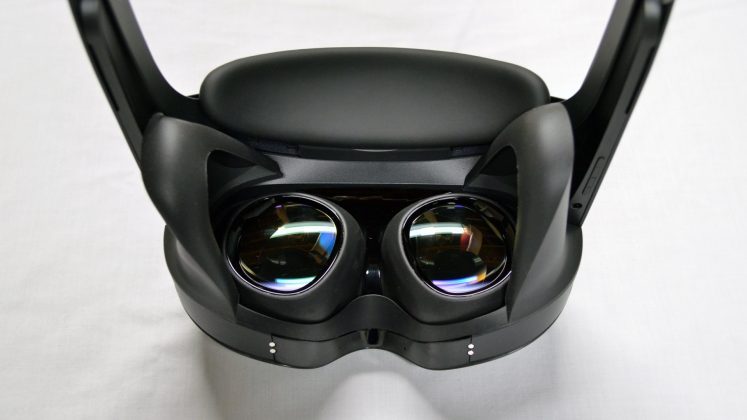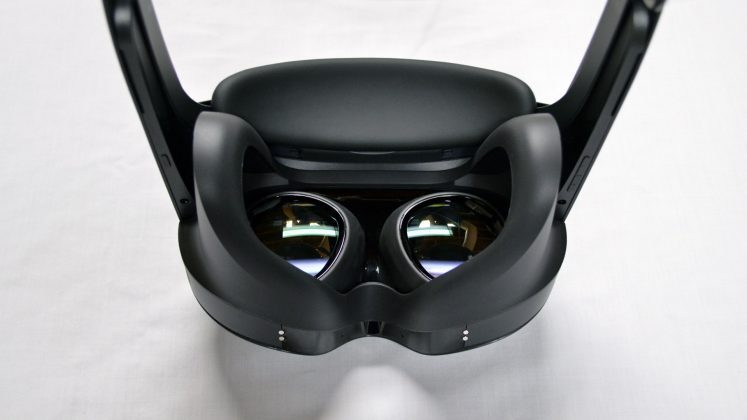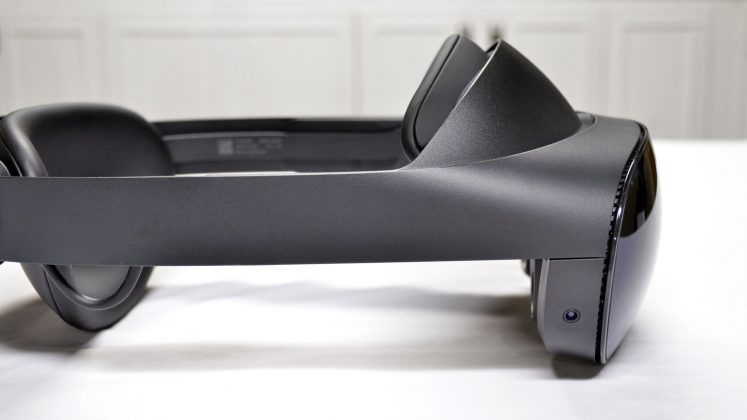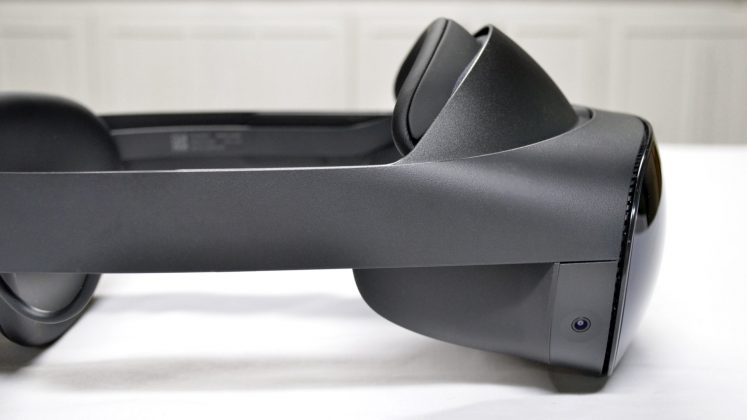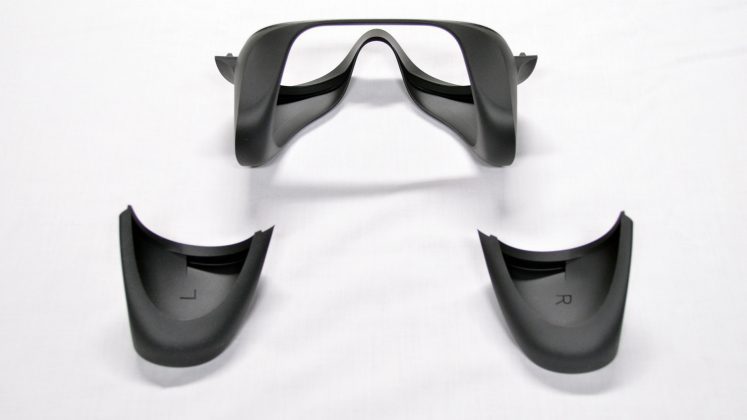Getting Technical
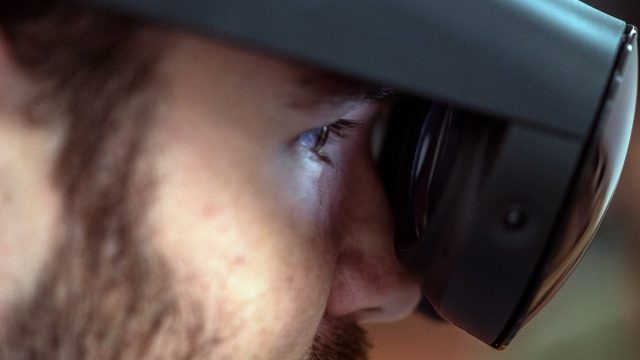
Much of this review is focused on the value proposition of Quest Pro as it purports to be something substantially different from that of Quest 2. But you know we love to get technical around here so I’m going to break down some of the more objective details of the headset.
Visuals
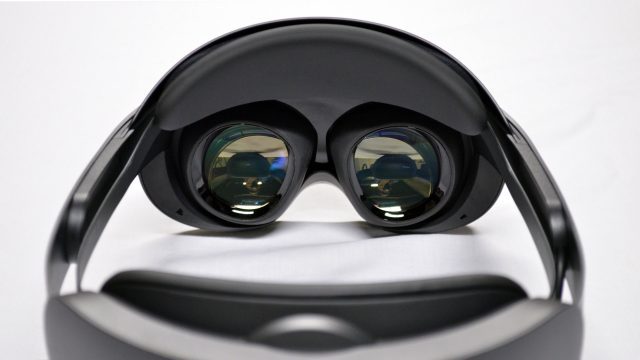 Despite having the same resolution as Quest 2, Quest Pro’s lenses are clearly superior. They make the headset a little more compact and the image a little sharper, but more importantly they clean up many of the artifacts that have plagued the industry-standard Fresnel lenses that we’ve seen in most headsets for years.
Despite having the same resolution as Quest 2, Quest Pro’s lenses are clearly superior. They make the headset a little more compact and the image a little sharper, but more importantly they clean up many of the artifacts that have plagued the industry-standard Fresnel lenses that we’ve seen in most headsets for years.
The painfully obvious god-rays seen emanating from bright objects on dark backgrounds are almost entirely gone and the ‘sweet spot’ (the clarity of the lens from the center out toward the edges) is among the best I’ve seen on any headset to date. So, although there aren’t more pixels on the screen, the clarity gets a noticeable boost over Quest 2 thanks to the clearing up of these visual artifacts.
The tradeoffs for these benefits are very minimal in comparison to what you’re getting. There’s some brightness falloff on the extreme left and right, and a bit of distortion at the very edge of the lens (but far enough away as to not be bothersome). And the field-of-view is nearly identical to Quest 2.
Everything else is pretty much top-of-class as far as I’ve seen: pupil swim, chromatic aberration, persistence blurring, etc. Interestingly there’s some obvious ghosting from the display but it disappears entirely once the display warms up (seemingly in 10 minutes or so).
So, although there aren’t more pixels on the screen, the clarity gets a noticeable boost thanks to the clearing up of these issues. Part of this is also helped by the fact that Quest Pro has a wider and continuous IPD range than Quest 2, along with an eye-relief adjustment. Quest Pro will sometimes prompt you to re-adjust your headset with a guided calibration to make sure the lenses are in the best spot for your eyes. Ultimately this means more people will find their way to the ideal lens position, meaning a better-looking image for more people.
The display also has a wider range of contrast than Quest 2—with noticeably deeper blacks—along with more saturated colors.
And while the god-rays are practically eliminated, the open-side design of the headset means you may get glare in the lenses from outside light. You can attach the included light-blockers which mostly takes care of this issue (except for light from below), or you purchase the optional ‘full light blocker’ accessory can block all outside light.
Controllers
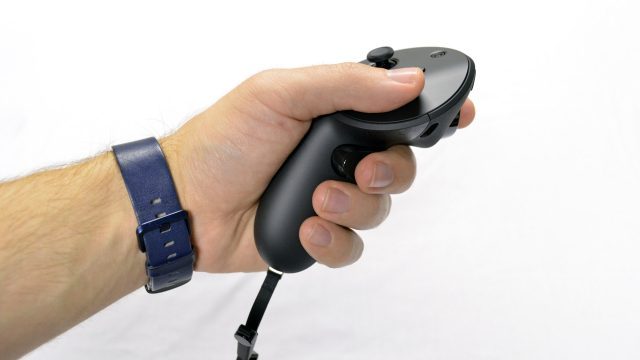
Quest Pro’s controllers (called Touch Pro) are one of the best things about the headset. For me they’ve got the best fitting handle since the original Oculus Touch.
I’ve been surprised to find that from a tracking performance standpoint, the controllers feel almost identical to me compared to the Quest 2 controllers, even in fast and demanding games like Beat Saber. And of course, the move to inside-out tracking on Touch Pro means they can track anywhere around you without losing their position, all while making the controllers more compact by removing the tracking ring.
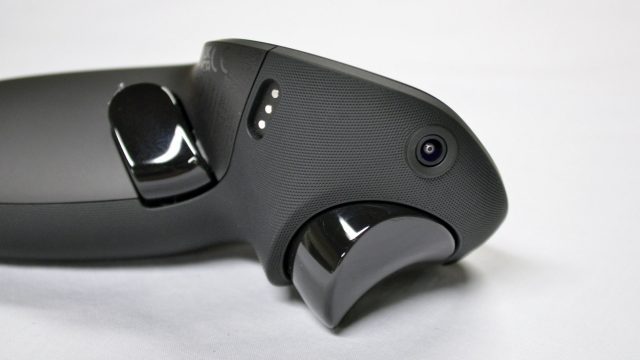
This has obvious benefits for people with longer arms, games where you might need to hold something in one hand while looking in a different direction, and games where you might put one hand in front of the other for long periods (like when wielding a two-handed weapon). Even just setting your hands down in your lap is a more stable experience than with the Quest 2 controllers.
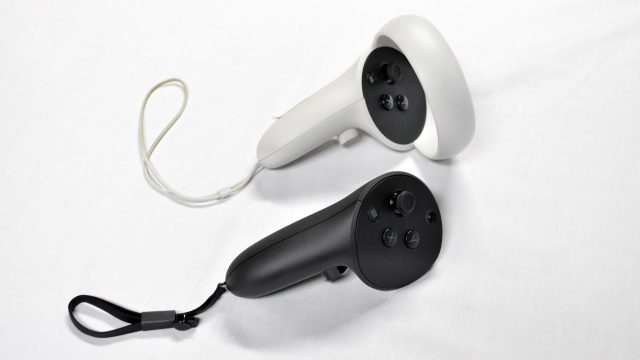
The new haptics feel more powerful and satisfying, though it’ll be some time yet before developers really put them to good use by designing specifically around the controller’s haptic capabilities.
The other new features of Touch Pro (precision pinch and the stylus on the bottom) are essentially non-existent in any application at this point (except Workrooms), so we’ll have to wait and see if they truly prove useful into the future.
The Touch Pro controllers are all-around pretty much just great, with the only minor downside being that it sometimes takes 5-10 seconds for them to synchronize their position with the headset (you will see them tracking but clearly offset from your hands until they snap into their proper place).
And did we mention they have rechargeable batteries and they’re compatible with Quest 2?
Audio
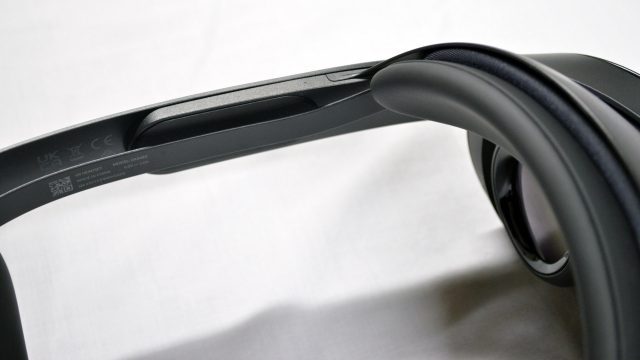
Quest Pro’s speakers do sound a bit better than what’s on Quest 2 with a bit more power in the low-end, though I found I needed them cranked to maximum volume in most games in order to have sufficient volume. They’re still not the sound stage you’d want for highly immersive gaming, but they feel for the most part acceptable (whereas Quest 2’s speakers feel to me like too much of a compromise).
Ergonomics
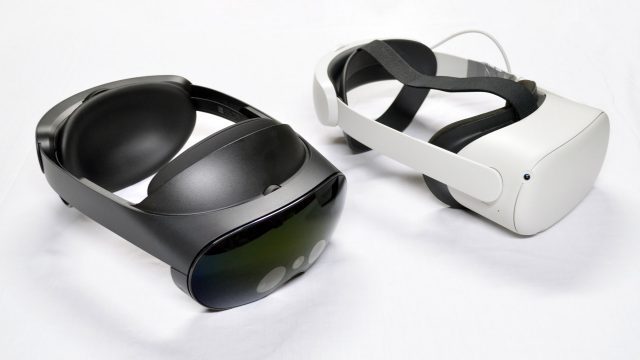
Quest Pro’s form-factor was redesigned to make it more compact and improve comfort. If your bar is the Quest 2’s default soft strap, I’d say Quest Pro is more comfortable. But compared to Meta’s own aftermarket elite strap (or many others), I find Quest 2 to be a bit more comfortable.
This seems entirely the result of Meta removing the top-strap, which means most of the headset’s weight squeezes it against your forehead instead of letting most of the weight ‘hang’ over your head with less squeezing of the front and back of your face. Quest Pro absolutely should have included at least an optional top strap, like both Magic Leap 2 and HoloLens 2 had the foresight to do.
The key issue with Quest Pro’s headstrap design is that the front forehead pad only sits best on your forehead at one specific spot (where the curve of your forehead most closely matches the curve of the pad). But the curvature of people’s foreheads can vary quite significantly. So that perfect spot for the pad to rest on your forehead might not be the perfect spot if you want your eyes to align with the lenses in the ideal place.
So for the portion of people who have that optimal curve on their forehead in just the right spot, Quest Pro will probably be plenty comfortable. For the rest of us, it becomes a choice between fitting the headset in the ideal spot for comfort or the ideal spot for lens alignment. In practice I find myself grabbing the headset for a slight adjustment on my forehead every 15 minutes or so in order to relieve some pressure as I alternate the positions between ‘most comfortable’ and ‘best lens alignment’. A lens height adjustment also could have fixed this issue (another place where a top strap might have helped).
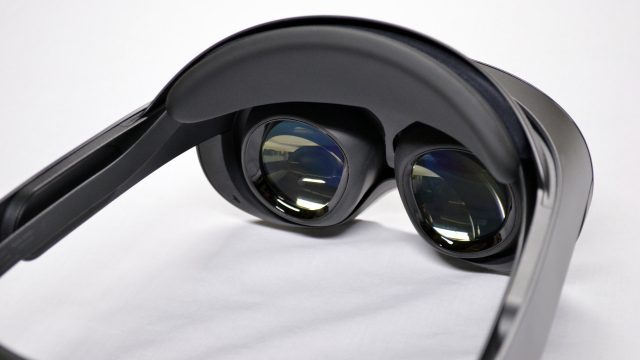
The one thing I actually like about the Quest Pro strap is that they brought back the springy struts that we first saw on the original Oculus Rift. You can put on the headset and adjust the tightness how you like it, then when you remove the headset you can pull the display forward to stretch the headband making it easier to remove. Then you do the reverse when you put the headset back on. The result is that the strap stays at the tightness you want but you don’t have to loosen it and tighten it every time you take it off and put it on—like a baseball cap with a stretchy headband.
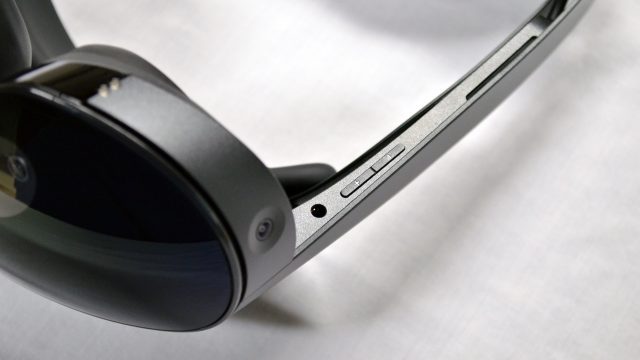
And a few other ergonomic notes: the power and volume buttons are in a pretty terrible place (on the underside of the headstrap near your left and right temple). On multiple occasions I’ve been putting the headset on or adjusting the display enclosure and accidentally put my headset to sleep or cranked the volume all the way down—because the buttons are right where you’d want to grab the headset when doing so. While the IPD of the lenses and the rear tightening dial is easy to adjust with the headset on, the eye-relief dial is stubbornly difficult to turn (to the point that I thought it was broken). Removing the headset actually makes it much easier to turn the eye-relief dial (seemingly a mechanical oversight with the way the dial works against the pressure from the headset being on your head).
As for the light blockers: both snap on easily but feel tight around the face (I think this will be annoying for anyone that feels they have a ‘wide face’). The way the light blockers are shaped means they can sometimes fold in uncomfortable ways, and it can be awkward to finger them back into the right spot. At least they pop on and off easily with magnets, though the included pair have an unintuitive shape that feels like a mini spatial puzzle the first few times you try to attach them to the headset.
Disclosure: Meta provided Road to VR with a Quest Pro headset.
As ever, I’m sure there are plenty of unanswered questions and I’ll do my best to respond to them in the comments below.

